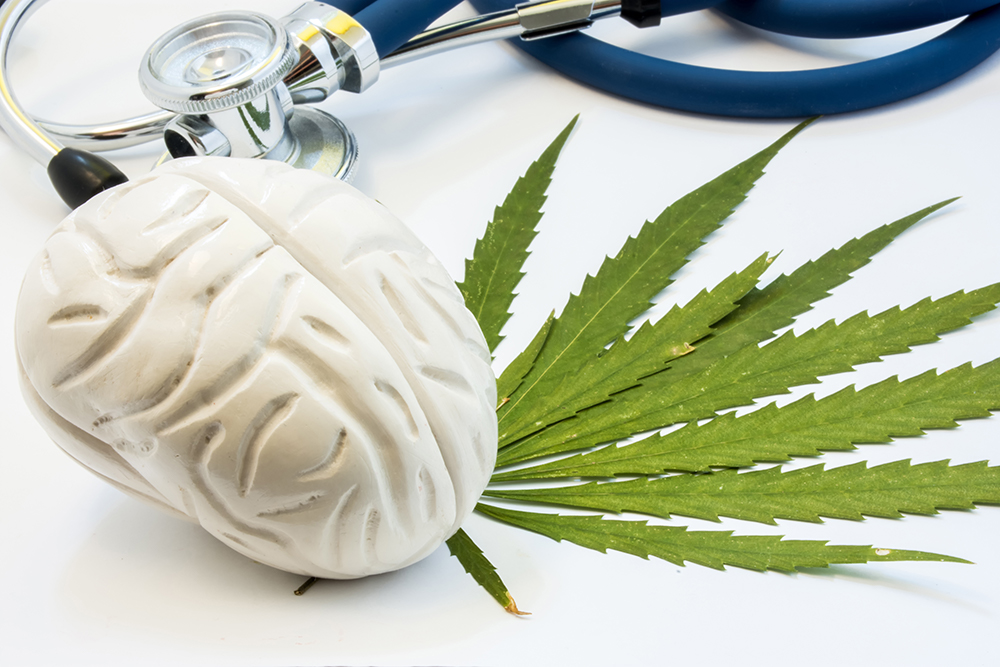Spring 2020
Hemp and marijuana
These plants are both varieties of the cannabis plant. One variety, marijuana, is cultivated mainly for its psychoactive (mind- and mood-altering) properties, while another, hemp, has historically been cultivated for industrial purposes, and more recently for therapeutic CBD-based products. By law, marijuana is defined as a cannabis plant with more than 0.3% THC by weight, while hemp contains 0.3% or less THC; accordingly, hemp products are less likely to cause an intoxicating effect.
- Marijuana is grown mainly for its flowers and is naturally high in THC, typically prized by recreational consumers. Also known as weed, pot, grass, ganja, and other slang terms. Marijuana’s potency has climbed over the decades, with the more traditional flower products now averaging about 17% THC and concentrates (known as wax, dabs, honey oil, etc.) reaching levels of 90% THC. Marijuana is classified as a Schedule 1 drug, making its use illegal at the federal level and restricting some kinds of scientific research.
- Hemp is harvested for its stalks and seeds and is naturally lower in THC and higher in CBD than marijuana. The federal 2018 Farm Bill legalized hemp, spurring an explosion of hemp-derived CBD oil products (see below). Commercially grown hemp is also a source for textiles, paper, foods, fuel, and building materials.
CBD (Cannabidiol)
A non-intoxicating cannabis compound that can be extracted from either marijuana or hemp plants. It is now sold widely online, in stores, and in cannabis dispensaries as pills, oils, lotions, candies, and other products. It’s used to reduce stress, depression, joint pain, inflammation, seizures, and other health issues. A January 2019 Consumer Reports survey estimated 64 million American adults had tried CBD in the previous 24 months. However, buyer beware! HMS neuroscientist Staci Gruber warns that many CBD products “do not contain what the label says and may contain things you don’t want, like heavy metals and pesticides.” She advises looking or asking for a Certificate of Analysis to verify a product’s quality.
Medical cannabis
A general term to describe cannabis used for therapeutic purposes. While some patients choose products with high levels of THC, patients very often choose products that are low in THC and higher in CBD or other non-intoxicating cannabinoids, according to Gruber. A 2017 report from the National Academies of Sciences, Engineering, and Medicine found strong evidence that cannabis is effective for treating chronic pain, chemotherapy-induced nausea and vomiting, and multiple sclerosis spasticity, with pediatric-onset seizure disorder added later, Gruber notes. The report also found moderate evidence that cannabis is effective for treating a host of other conditions.
 Cannabis products are everywhere these days. As a growing number of states loosen their medical and recreational cannabis laws, millions of Americans are using the cannabis sativa plant, typically known as
Cannabis products are everywhere these days. As a growing number of states loosen their medical and recreational cannabis laws, millions of Americans are using the cannabis sativa plant, typically known as 

 The Harvard Mahoney Neuroscience Institute hosts a
The Harvard Mahoney Neuroscience Institute hosts a  Since its founding in 1990, the Harvard Mahoney Neuroscience Institute has helped advance neuroscience at Harvard Medical School by promoting public awareness of the importance of brain research and by helping to fund research at the School's Department of Neurobiology.
Since its founding in 1990, the Harvard Mahoney Neuroscience Institute has helped advance neuroscience at Harvard Medical School by promoting public awareness of the importance of brain research and by helping to fund research at the School's Department of Neurobiology.